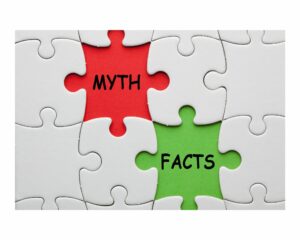When your child receives aquatic therapy through Sensory Solutions, they will be 1:1 with a skilled occupational therapist at all times. In addition, we offer aquatic therapy at two locations: The Pointe at Ballwin and the Bridgeton Recreation Center.
Aquatic therapy is a great tool to increase sensory input.
- Provides an outlet for sensory-seeking children who are “always on the go” and may appear “impulsive” with poor safety awareness.
- Offers excellent vestibular and proprioceptive input for kids who seem to have bodies that are constantly in motion and have difficulty sitting and attending to tasks.
- Helps normalize sensations for children who avoid or are sensitive to sensory input.
For example, does your child appear clumsy, bump into items, trip and fall over their own feet, or run into things without realizing they are there? Does your child have difficulty with motor planning and struggle to learn and remember basic skills? Does your child display sensitivities to touch, clothing, or grooming tasks? Occupational therapy in the pool can help!
Aquatic therapy can help children with emotional regulation difficulties, and Pediatric aquatic therapy can assist with regulating stress and emotions while building confidence and self-esteem. It can help decrease muscle tone and relax tight muscles. It can help increase flexibility and strength. On the flip side, it can also help children who have low muscle tone and may appear “floppy.” Aquatic therapy can improve balance and coordination. Does your child need to work on fine and visual motor skills but require a different scenery other than school or a clinic? Occupational therapy in the water can also address these areas!
Frequently asked questions about Aquatic Therapy:
What diagnoses and disorders have success in the water? Children with Autism Spectrum Disorders, Sensory Processing Disorders, Cerebral Palsy, Down Syndrome, Degenerative Muscle Disorders (such as Charcot-Marie-Tooth), Chromosomal Disorders (such as Angelman Syndrome), ADHD-ADD, developmental delays
How often does my child receive therapy? A child can participate in aquatic therapy just like therapy on land. The family and therapist determine the frequency and duration based on individual goals.
Can my child receive therapy in the water and on land? Yes, absolutely.
Is aquatic therapy the same as swimming lessons? No. We do not teach HOW to swim, and additionally, children do not need to know how to swim to receive aquatic therapy. However, exposure to the water can make children more comfortable when learning how to swim. Aquatic therapy uses the physical properties of the water as treatment tools. For example, the buoyancy of the water helps with floatation and reducing the effects of gravity. The natural rocking and wave-like motion of the water help provide vestibular input. The water temperature can help decrease muscle tone and spasms as well as create a calming environment. The water’s viscosity can help improve muscle strength and also provide proprioceptive input. Finally, the water’s hydrostatic pressure can provide calming, deep stress to all submerged parts of the body.
